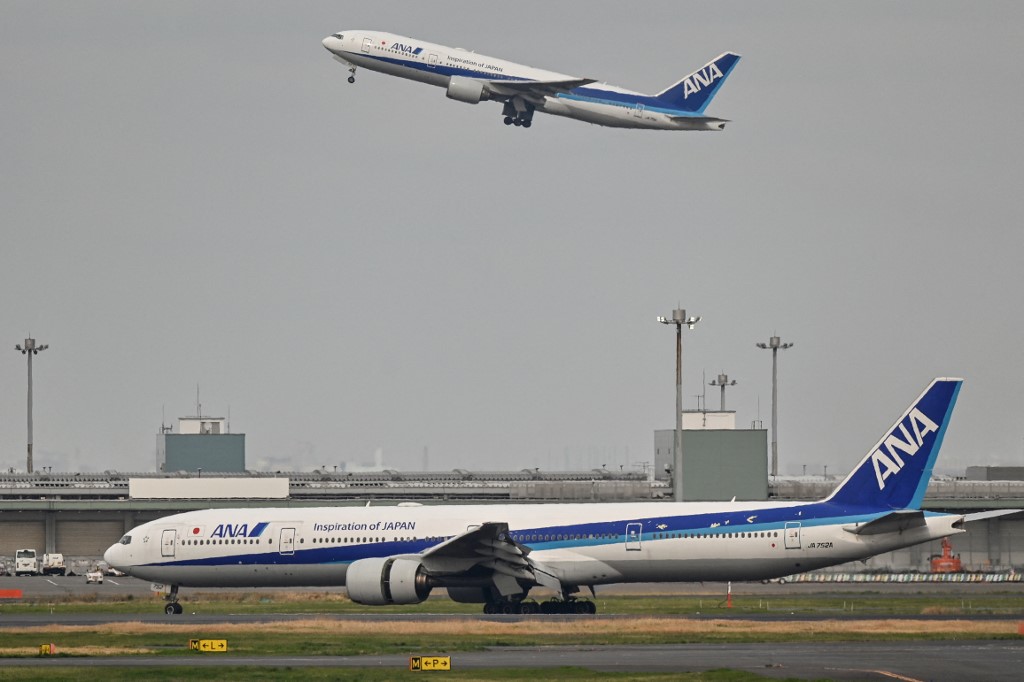TOKYO, Japan — Tokyo’s Haneda Airport is trialing a driverless vehicle to tow cargo containers in an attempt to get around labor shortages as the number of tourists flying into Japan soars.
The vehicle at one of the world’s busiest airports can tow up to 13 tons of containers, joint developers All Nippon Airways (ANA) and Toyota Industries said in a statement.
It can pull up to six containers at a time, trundling between aircraft and airport buildings over a distance of around 2 kilometers (1.2 miles) with no driver in the cab.
READ: Driverless taxis now offering rides in LA
The level 4 vehicle, meaning that it does not require human interaction in certain settings—although a human driver can still request control—has been in operation since July 1.
The trial, the first at a Japanese airport, is part of government-backed efforts to innovate the air transport industry, and the companies aim to make the vehicle fully operational by the end of next year, they said.
Aging nation
Another Japanese airport—Kansai, serving Osaka—claims never to have lost a bag, but the country faces major challenges as it seeks to double tourist numbers to 60 million by 2030.
The rapidly aging country has the world’s second-oldest population and many sectors in the world’s number four economy are suffering worker shortages.
This year the country’s airports have reportedly already experienced aviation fuel supply problems, prompting the government last month to set up a task force.
Trials of autonomous vehicles have been implemented elsewhere in Japan, with the government allowing Level 4 self-driving vehicles on public roads since last year. —Agence France-Presse
